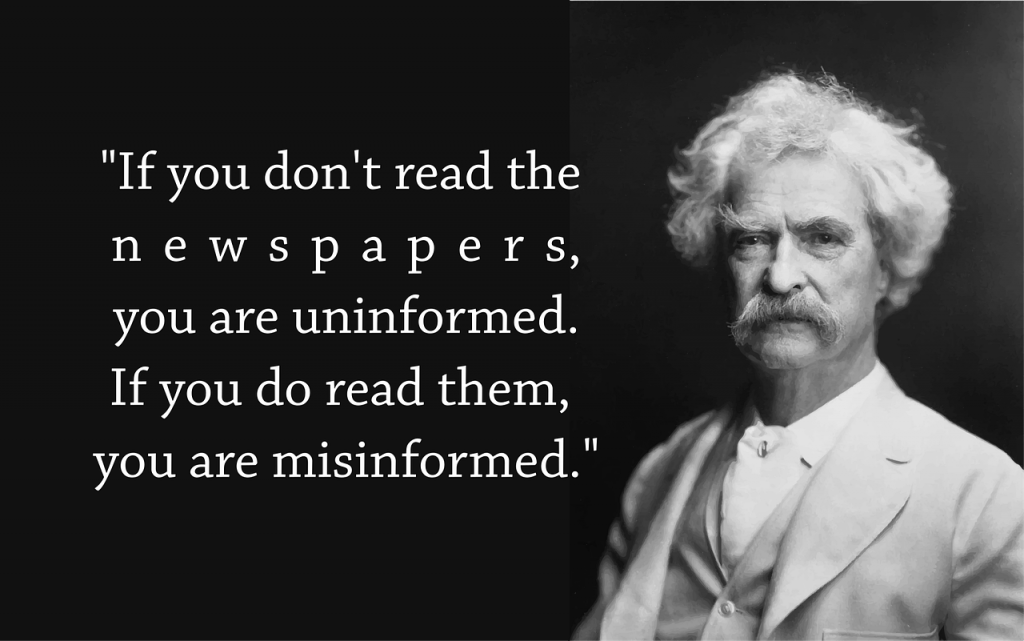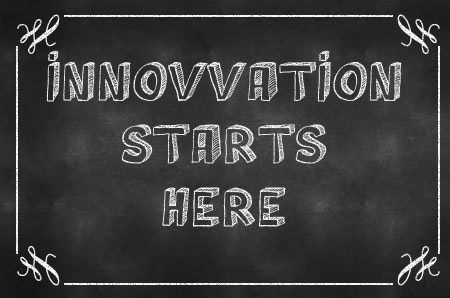
GUEST POST from Mike Shipulski
Company leaders deserve to know the truth, but they can no longer take the time to learn it.
Company leaders are pushed too hard to grow the business and can no longer take the time to listen to all perspectives, no longer take the time to process those perspectives, and no longer take the time to make nuanced decisions. Simply put, company leaders are under too much pressure to grow the business. It’s unhealthy pressure and it’s too severe. And it’s not good for the company or the people that work there.
What’s best for the company is to take the time to learn the truth.
Getting to the truth moves things forward. Sure, you may not see things correctly, but when you say it like you see it, everyone’s understanding gets closer to the truth. And when you do see things clearly and correctly, saying what you see moves the company’s work in a more profitable direction. There’s nothing worse than spending time and money to do the work only to learn what someone already knew.
What’s best for the company is to tell the truth as you see it.
All of us have good intentions but all of us are doing at least two jobs. And it’s especially difficult for company leaders, whose responsibility is to develop the broadest perspective. Trouble is, to develop that broad perspective sometime comes at the expense of digging into the details. Perfectly understandable, as that’s the nature of their work. But subject matter experts (SMEs) must take the time to dig into the details because that’s the nature of their work. SMEs have an obligation to think things through, communicate clearly, and stick to their guns. When asked broad questions, good SMEs go down to bedrock and give detailed answers. And when asked hypotheticals, good SMEs don’t speculate outside their domain of confidence. And when asked why-didn’t-you’s, good SMEs answer with what they did and why they did it.
Regardless of the question, the best SMEs always tell the truth.
SMEs know when the project is behind. And they know the answer that everyone thinks will get the project get back on schedule. And the know the truth as they see it. And when there’s a mismatch between the answer that might get the project back on schedule and the truth as they see it, they must say it like they see it. Yes, it costs a lot of money when the project is delayed, but telling the truth is the fastest route to commercialization. In the short term, it’s easier to give the answer that everyone thinks will get things back on track. But truth is, it’s not faster because the truth comes out in the end. You can’t defy the physics and you can’t transcend the fundamentals. You must respect the truth. The Universe doesn’t care if the truth is inconvenient. In the end, the Universe makes sure the truth carries the day.
We’re all busy. And we all have jobs to do. But it’s always the best to take the time to understand the details, respect the physics, and stay true to the fundamentals.
When there’s a tough decision, understand the fundamentals and the decision will find you.
When there’s disagreement, take the time to understand the physics, even the organizational kind. And the right decision will meet you where you are.
When the road gets rocky, ask your best SMEs what to do, and do that.
When it comes to making good decisions, sometimes slower is faster.
Image credit: Unsplash
![]() Sign up here to join 17,000+ leaders getting Human-Centered Change & Innovation Weekly delivered to their inbox every week.
Sign up here to join 17,000+ leaders getting Human-Centered Change & Innovation Weekly delivered to their inbox every week.






